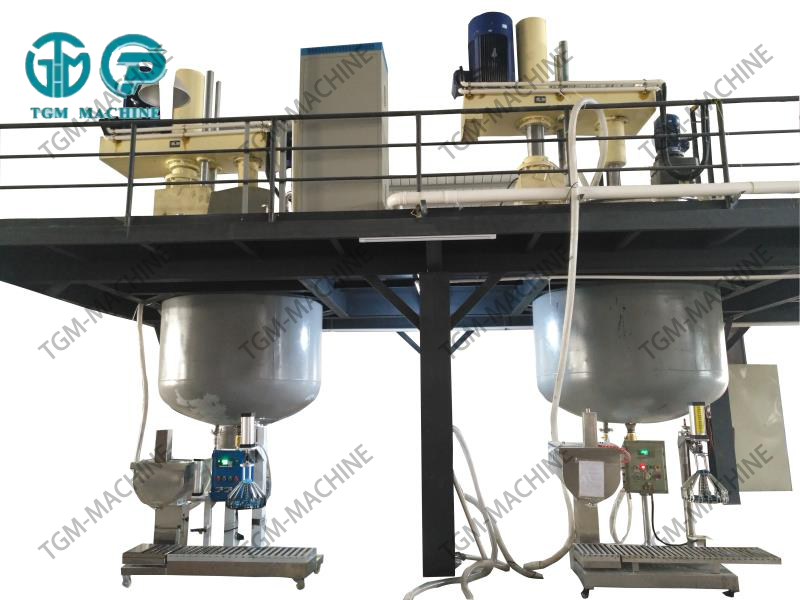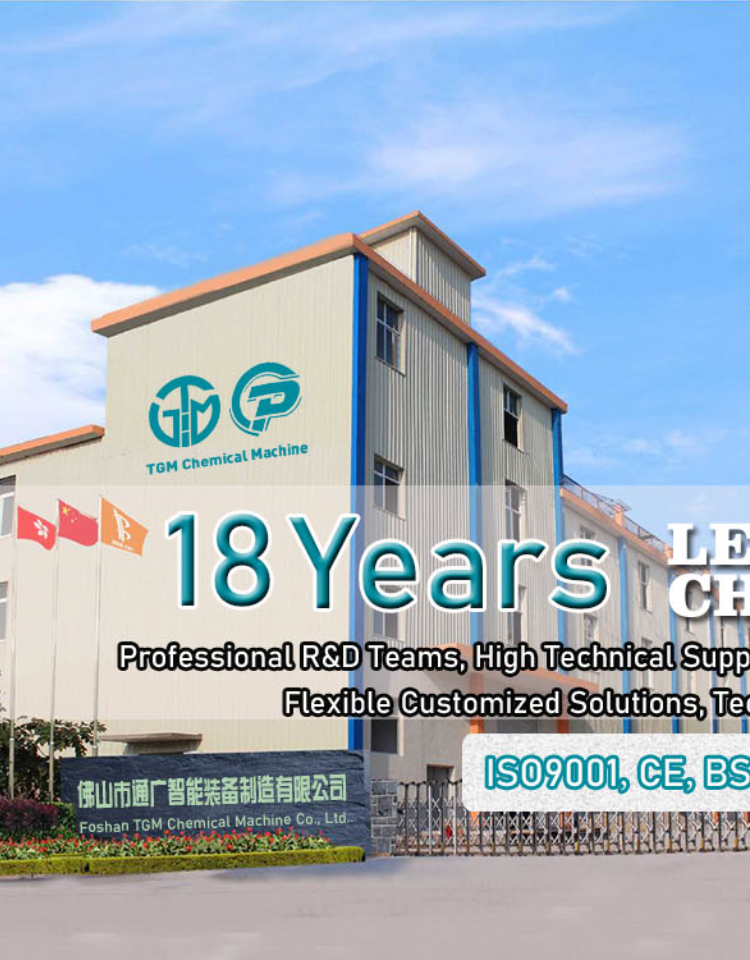Email cannot be empty
Password cannot be empty
Email format error
Email cannot be empty
Email already exists
6-20 characters(letters plus numbers only)
The password is inconsistent
Email format error
Email cannot be empty
Email does not exist
6-20 characters(letters plus numbers only)
The password is inconsistent


The Complete Guide to Latex Paint Production Line
Introduction
Latex paint, also known as water-based paint, is widely used in construction and decoration due to its environmental friendliness, low odor, and ease of application. The production of latex paint involves a series of precise processes to ensure quality, consistency, and performance. In this blog, we will explore the key components and stages of a latex paint production line.
1. Raw Material Handling
The production process begins with the preparation of raw materials, which include:
-
Water (the primary solvent)
-
Titanium dioxide (TiO₂) (for opacity and whiteness)
-
Binders (such as acrylic resins)
-
Pigments & Fillers (for color and texture)
-
Additives (thickeners, dispersants, defoamers, preservatives)
Raw materials are stored in silos or containers and accurately measured before mixing.
2. Mixing & Dispersion
Pre-Mixing Stage
-
Water and additives are loaded into a high-speed disperser (HSD).
-
Pigments and fillers are gradually added while mixing to form a uniform slurry.
Dispersion Stage
-
The mixture undergoes high-shear dispersion to break down pigment agglomerates.
-
A basket mill or sand mill may be used for finer particle size reduction.
3. Letdown & Final Mixing
After dispersion, the paint base is transferred to a letdown tank, where:
-
Binders (emulsions) are added for film formation.
-
Additional thickeners and rheology modifiers adjust viscosity.
-
Defoamers and biocides are incorporated for stability.
The mixture is stirred at lower speeds to avoid introducing air bubbles.
4. Filtration & Quality Control
Before packaging, the paint passes through a filtration system (e.g., mesh filters or bag filters) to remove impurities.
Quality tests include:
-
Viscosity (using a viscometer)
-
pH level
-
Color matching (spectrophotometer)
-
Density & hiding power
5. Packaging & Automation
Finished paint is pumped into:
-
Cans (1L to 20L)
-
Pails (5-gallon containers)
-
Intermediate bulk containers (IBCs) for industrial use
Modern production lines use automated filling machines for precision and efficiency.
6. Environmental & Safety Considerations
-
Wastewater treatment for cleaning processes.
-
Dust collection systems to minimize airborne particles.
-
VOC compliance to meet environmental regulations.

